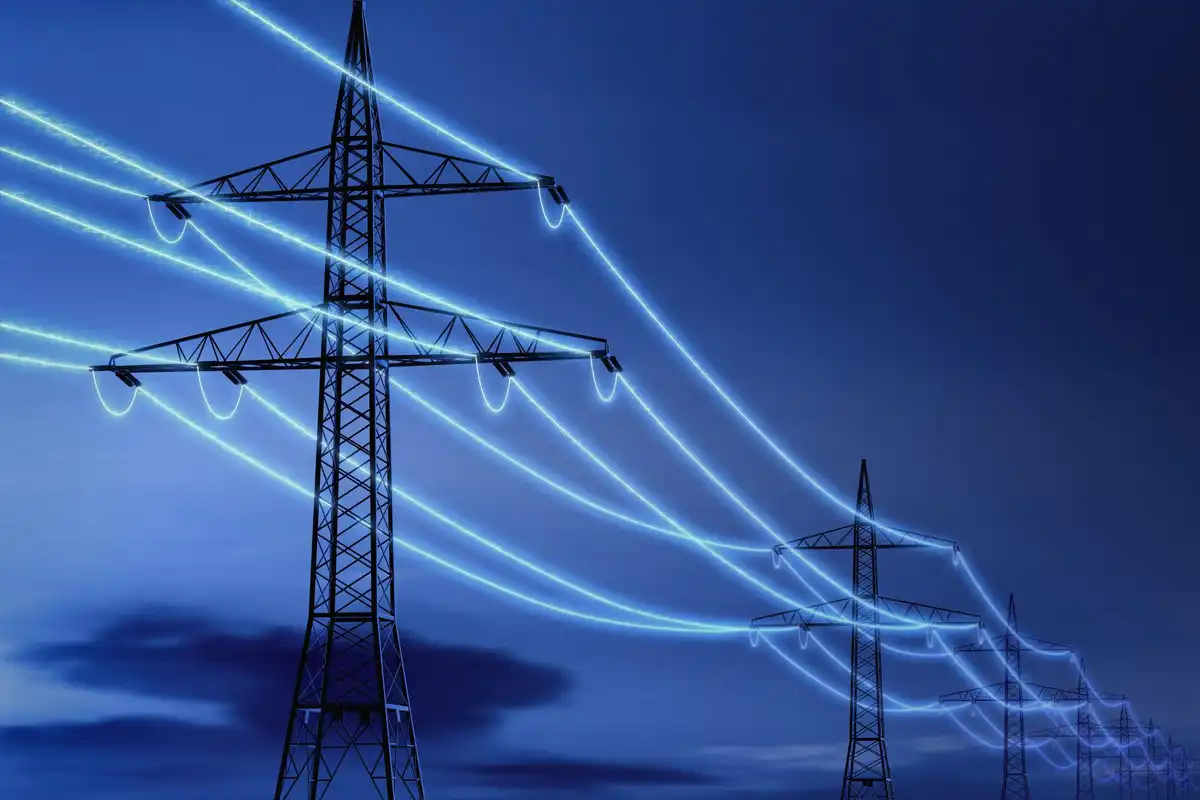A Texas US Department of Energy initiative has added a new corporate player.
Hitachi Energy has joined the DOE's H2@Scale in Texas and Beyond initiative with GTI Energy, Frontier Energy, The University of Texas Austin, and others. The initiative, which opened earlier this year, plans to assist in “integrating utility-scale renewable energy sources with power grids and managing and orchestrating a variety of energy sources” according to a news release.
Most of the ‘H2@Scale project’s activities take place at University of Texas JJ Pickle Research Center in Austin. The project is part of a larger one to expand hydrogen’s role and help to decarbonize Texas. The ‘H2@Scale' project consists of multiple hydrogen production options like a vehicle refueling station alongside a fleet of hydrogen fuel cell vehicles.
Overall, the project is one of the largest collections of renewable hydrogen production, onsite storage, and end-use technologies that are all located at the same site.
Another larger goal is to investigate the efficiency and cost-effectiveness of hydrogen generation from renewable resources, which all aligns with the project’s vision of decarbonization efforts.
Hitachi Energy is part of the full hydrogen value chain from early-stage project origination and design. They also work to ensure grid compliance, power conversion systems and asset management solutions.
“Hitachi Energy is proud to be a key partner in the US Department of Energy’s ‘H2@Scale in Texas and Beyond’ project. The initiative comes at a pivotal moment in our commitment to advancing hydrogen production and its role in the evolving clean energy landscape,” Executive Vice President and Region Head of North America at Hitachi Energy Anthony Allard says in a news release. “As hydrogen emerges as a critical element in decarbonizing hard-to-abate industries, Hitachi Energy remains dedicated to drive innovation and sustainability on a global scale.”
Hitachi’s project teams will undertake feasibility studies for scaling up hydrogen production and use, which will aim to benefit the development of a strategic plan and implementation of the H2@Scale project in the Port of Houston and the region of the Gulf Coast. The teams will also seek opportunities to leverage prospective hydrogen users, pre-existing hydrogen pipelines, and large networks of concentrated industrial infrastructure. Then, they will work to identify environmental and economic benefits of hydrogen deployment in the area.
Earlier this year, Hitachi Energy teamed up with teamed up with Houston-based electrical transmission developer Grid United for a collaboration to work on high-voltage direct current technology for Grid United transmission projects. These projects will aim to interconnect the eastern and western regional power grids in the U.S. The Eastern Interconnection east of the Rocky Mountains, the Western Interconnection west of the Rockies and the Texas Interconnection run by the Electric Reliability Council of Texas, make up the three main power grids.








 Air Liquide and Hyundai agreed to expand hydrogen refuelling networks, storage capacity and more at a meeting in Seoul last week. Photo courtesy Air Liquide.
Air Liquide and Hyundai agreed to expand hydrogen refuelling networks, storage capacity and more at a meeting in Seoul last week. Photo courtesy Air Liquide.
